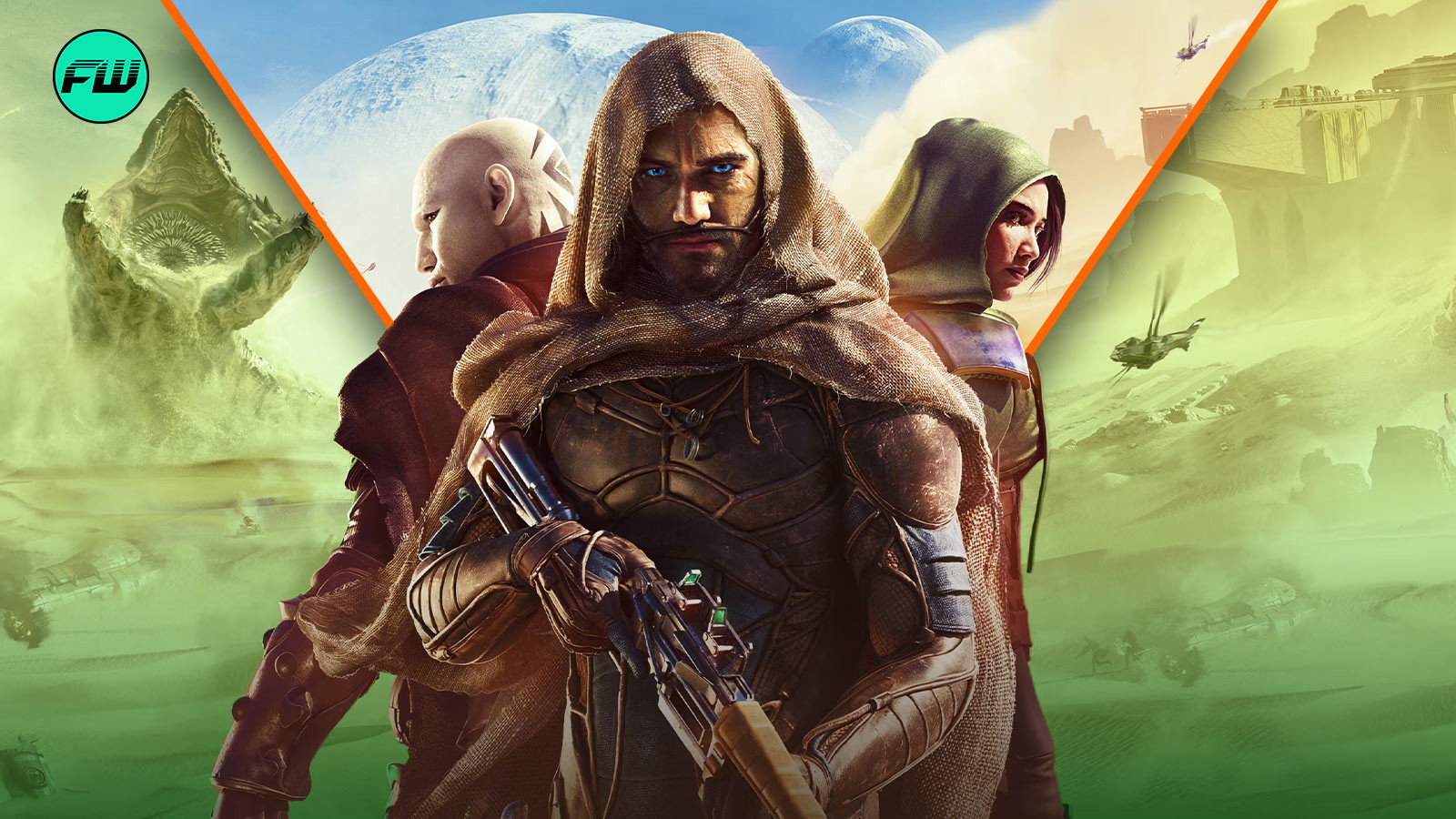
Dune: Awakening throws players into a political mess where picking sides matters more than most survival games dare to attempt. Your faction choice shapes everything from available storylines to the color scheme of your gear.
Funcom built their survival MMO around the classic conflict between noble houses, but the political situation runs deeper than simple team selection. Some factions have vanished entirely, others operate from the shadows, and the power balance has shifted dramatically from the familiar Dune timeline.
The major powers controlling Arrakis
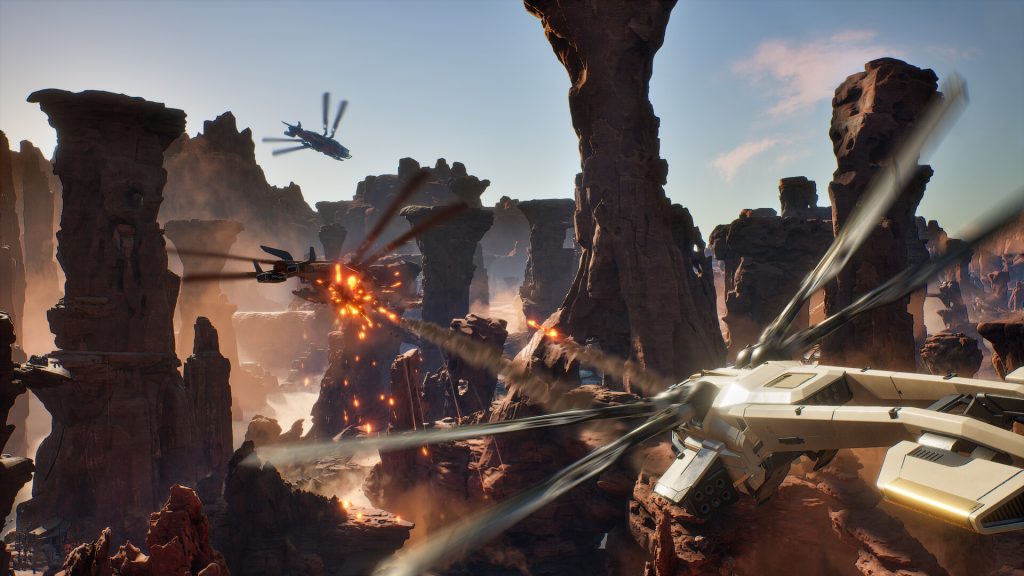
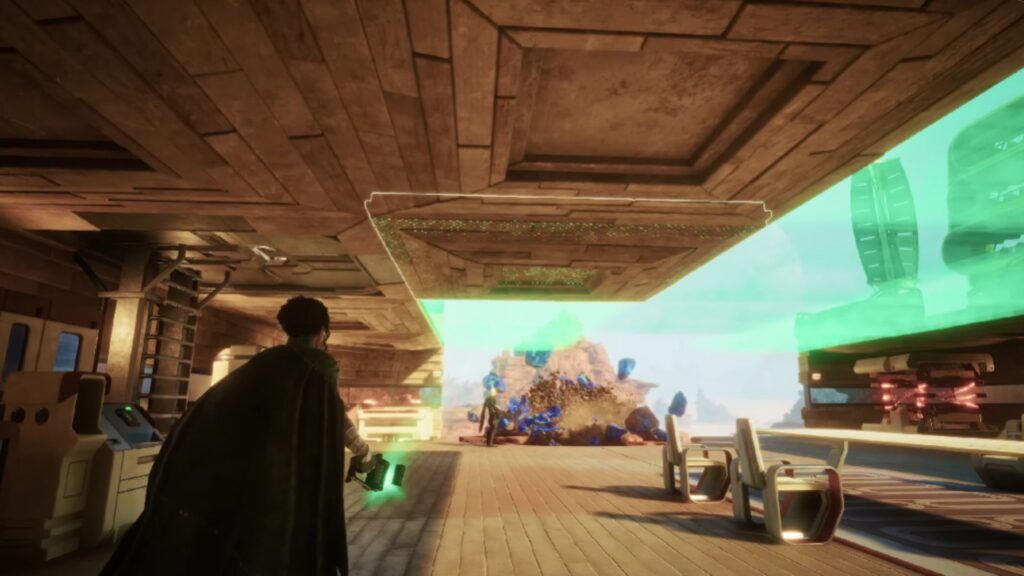
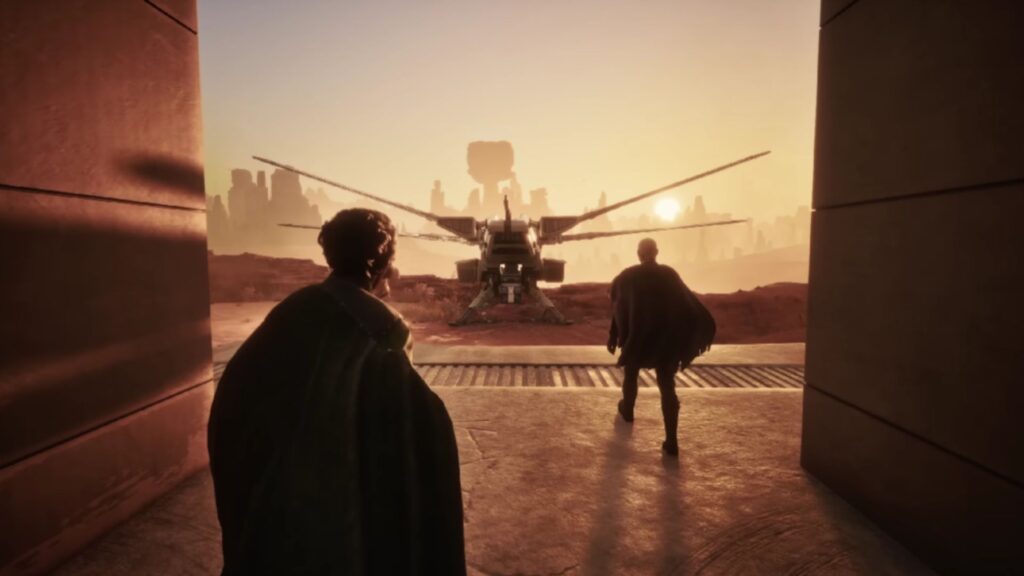

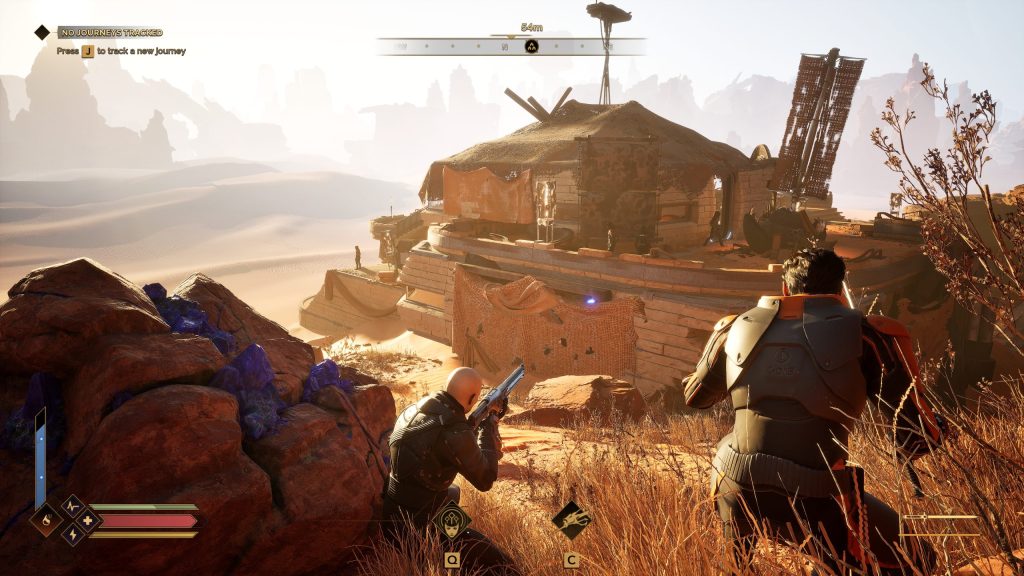
Dune: Awakening centers its faction system around a twisted version of familiar political players:
1. House Atreides
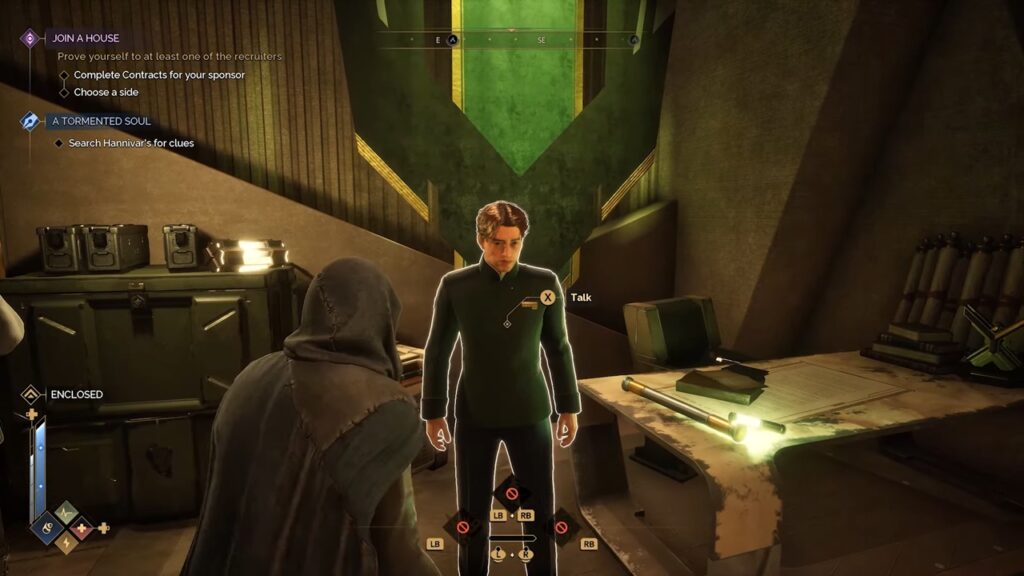
Duke Leto didn’t die this time around, which changes absolutely everything about how House Atreides operates on Arrakis in the game’s alternate timeline. With the Duke alive and Lady Jessica at his side, they’ve got the political stability to actually challenge Harkonnen dominance.
Their daughter Ariste fills the role Paul never got to play. No messianic “Lisan Al-Ghaib” prophecy, no chosen one nonsense. Just a noble house trying to survive in a hostile environment while maintaining their principles.
2. House Harkonnen
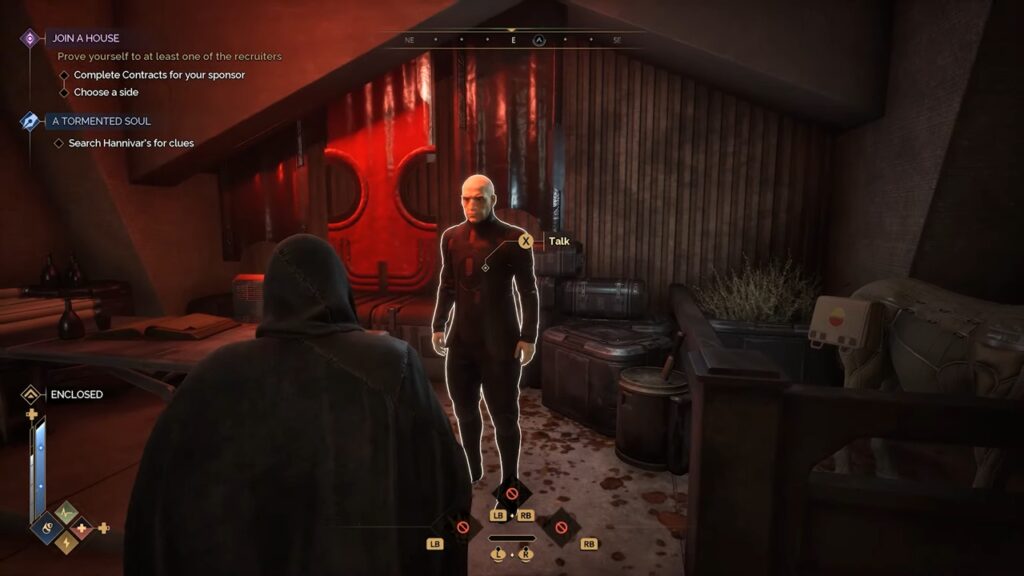
The Harkonnens haven’t changed much, which honestly makes them more terrifying. They’re still the same brutal, efficient war machine they’ve always been. The difference is they’re not dealing with a martyred duke and a prophesied son.
Their industrial approach to everything extends to how they handle player progression. Harkonnen contracts tend to be more straightforward: kill this, take that, don’t ask questions about the ethics involved.
3. Bene Gesserit

The sisterhood operates exactly like you’d expect them to. They’re everywhere and nowhere, influencing events without taking direct responsibility for the consequences. There is one catch, however: players can learn their abilities but can’t join their ranks officially.
Their Voice powers and physical training make for compelling gameplay mechanics. The catch is you’re never quite sure whose agenda you’re serving when you accept their guidance.
4. Fremen (Non-Playable)

The desert people have mysteriously disappeared from Arrakis in this alternate timeline. Their absence creates one of the game’s central mysteries and removes the indigenous perspective that defined the original Dune narrative.
Players can explore abandoned sietches and piece together clues about their fate. Empty Fremen settlements dot the landscape, filled with environmental storytelling that hints at what happened to the desert’s former masters.
Choosing between the great Houses

The Atreides versus Harkonnen choice matters less for gameplay balance and more for which version of morally complicated you prefer. Both houses get you to the same endgame content through different philosophical approaches.
The real difference shows up in how each house approaches conflict resolution. Atreides players get diplomatic options that can avoid bloodshed, while Harkonnen contracts usually skip straight to the violence. Both paths work, but they ought to feel completely different to play through.
The cosmetic differences between houses affect everything from armor designs to base-building aesthetics. Atreides gear tends toward noble blues and greens, while Harkonnen equipment embraces industrial reds and blacks. These visual distinctions matter more than most players initially realize.
Faction betrayal is totally allowed and surprisingly common. Players will join Harkonnen, unlock all their exclusive cosmetics, then switch to Atreides without losing access to the gear. It’s morally questionable and strategically sound. Hey, if the game doesn’t judge this strategy, neither should anyone else!
Which house speaks to your inner political instincts? Do you prefer Atreides honor or Harkonnen pragmatism? Drop your faction choice and reasoning in the comments below.
This post belongs to FandomWire and first appeared on FandomWire
